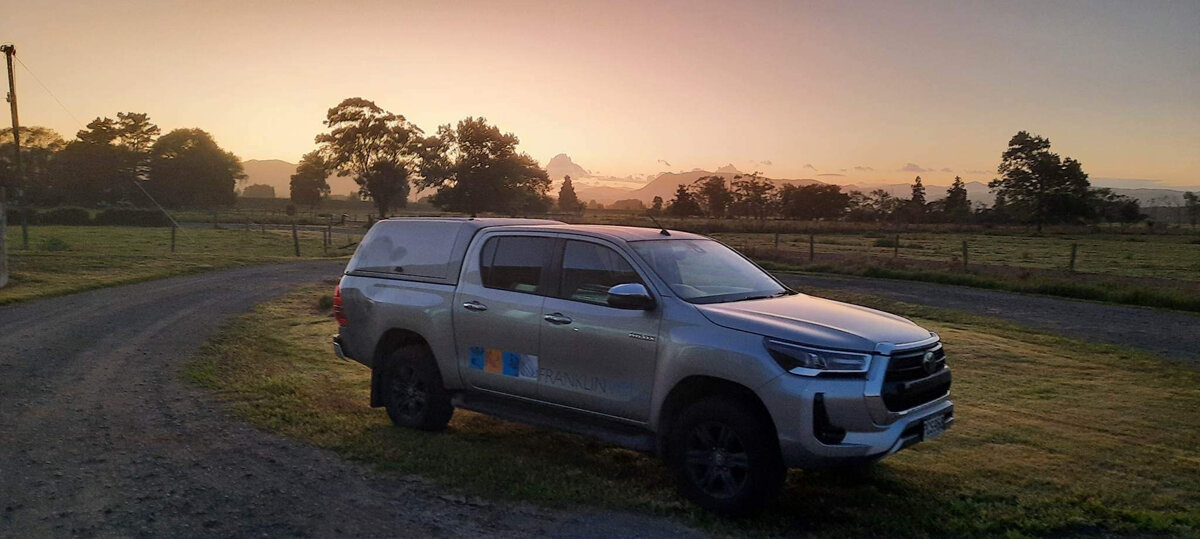Franklin Vets
Franklin Vets - excellence in veterinary care for dairy, farming, lifestyle, equine and household pets. BESTPRACTICE ACCREDITED NZ.
Your account is powered by Storbie. To edit your profile visit my.storbie.com
Your account is powered by Storbie. To edit your profile visit my.storbie.com
It was still to be seen as to how this would affect mating so we were keeping a close eye on submission rates. Submission rates across the practice (somewhat surprisingly) were on-par with previous years indicating that all was well. It wasn’t until we were well into mating and started receiving reports of low non-return rates that it was evident not all was well. Non-return rates are an indirect measure of conception rate (ie. % of cows conceiving to any given mating event). Low non-return rates were indicating that cows were potentially not holding to their AI matings as well as they should be.
Aged scanning gives us a very accurate measure of conception rate because we know exactly when cows conceived. As you can see from the table above herd conception rates fell across all regions of the practice in the order of 4-5% this season. This may seem like a rather insignificant change however when you apply it across hundreds of farms it does mean that some individual farms dropped in the region of 30%!!
Collapses in conception rate of this magnitude appear to have had a major impact on overall performance across the practice and given that it wasn’t a submission rate issue even interventions didn’t help! Referring to the table above you can see that regional empty rates and 6-week in-calf rates have slipped by quite a margin using data from the herds we have scanned to-date.
Now is the time to look into any issues and start making plans for next season as it starts with BCS at calving. Talk to one of our In-Calf advisors today if you are wanting to know more.
Dr Greg Lindsay, Farm Vet & Regional Manager Kopu
Franklin Vets - excellence in veterinary care for dairy, farming, lifestyle, equine and household pets. BESTPRACTICE ACCREDITED NZ.





